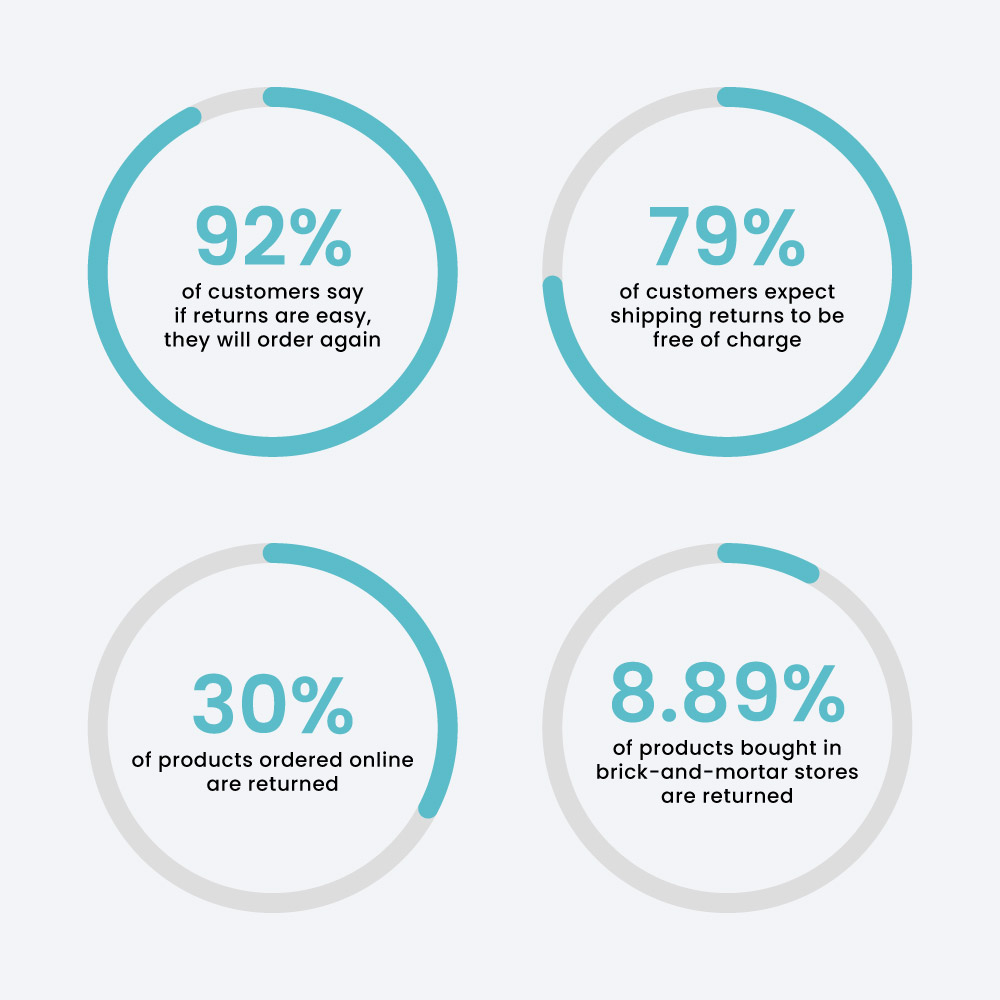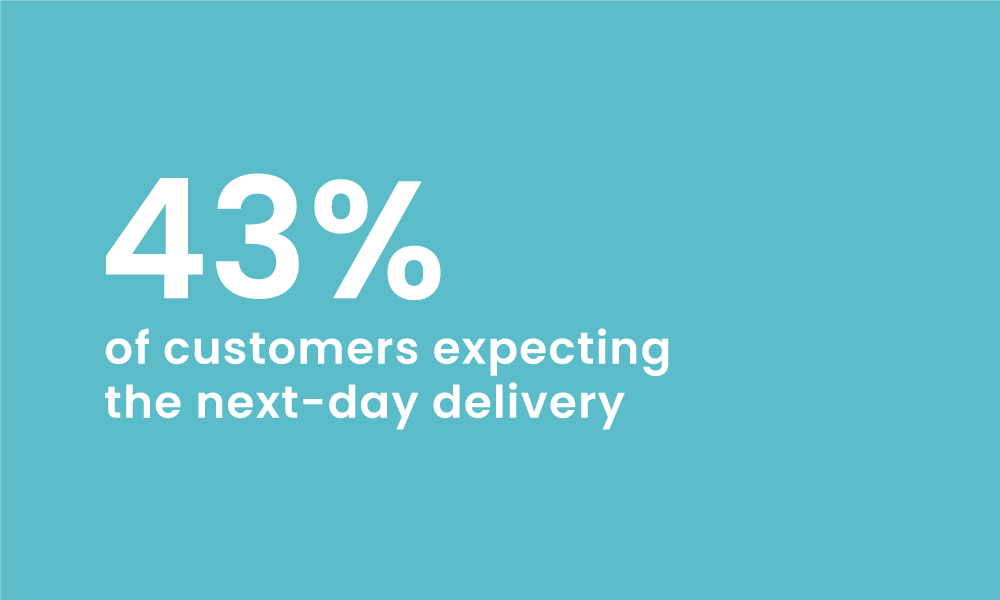Order Management: What Is It? Why Do You Need It? How To Get It Right?

Having a solid and dependable order management system that allows for the sourcing, picking, and shipping of orders from a warehouse while simultaneously updating product information and availability in real-time across channels is critical in today's fast-paced commerce, both for survival and future growth. This article examines the most prevalent definitions and types of order management and software systems, as well as the main providers in the field.
What Is An Order Management System?
An order management system, or OMS, is software used for order entry and processing. An order management system (OMS) keeps track of sales, orders, inventories, and order fulfilment.
A typical integrated order management system comprises of numerous modules, such as:
-
Inventory that is ready to promise.
-
Marketing.
-
Order reporting and processing.
-
Customer services like refunds and returns.
-
Financing (billing, payment information processing, etc).
-
Product information.
-
Vendor information and services like purchasing and receiving.
Companies use OMS in B2C and B2B commerce to keep track of orders, stock level maintenance, packaging, shipping, and deliveries, and to synchronise orders across different systems and channels (such as on and offsite). The workflow features of OMS manage many steps in a sequential order processing operation that includes order capture, validation, fraud check, payment authorization, sourcing, backorder management, order picking, packing, and shipping, as well as customer communications.

Types of Order Management Systems?
Different firms require Order Management Systems (OMS) for various reasons and, as a result, seek various OMS features. While smaller brands can get by with a less thorough system with limited capability, larger organisations with a larger client base require a more comprehensive OMS that can handle complex business logic and integrate many sales channels. The order management systems listed below are common types for firms of various sizes.
Manual Management
A manual order management system is the most traditional and, perhaps, the least efficient type of OMS. Manual order management, as the name implies, entails tracking and handling orders manually with old-fashioned pen and paper or slightly more effective Excel spreadsheets. Obviously, such a system has more drawbacks than positives; it is labour-intensive, unwieldy, error-prone, manipulable, and best suited for smaller enterprises with fewer clients and simpler operations.
Using E-Commerce Platforms
If a company has an online store and runs it on an ecommerce platform, the latter can be utilised as an order management system. If the organisation also has offline operations, it can combine electronic OMS with internal and third-party systems to enable and sustain a continuous data flow. However, for larger enterprises with a larger client base and many sales channels, an ecommerce platform should link to a third-party, internal OMS or ERP if the latter is utilised as an OMS to ensure data consistency and synchronisation across different business units and sales channels.

Specialised Order Management Software
Instead of using other software systems, such as ERP, for order tracking and management, a firm may opt to use a standalone order management software that can be integrated into the company's tech stack and work alongside other software solutions. Such stand-alone systems provide all of the core order management elements required to organise and track order data. Businesses should consider the system's integration capabilities when selecting a standalone solution so that it can easily link to other systems, including as POS, inventory and warehouse management, ecommerce platform, and so on, to avoid miscommunication, data silos, and other unwelcome difficulties.
Resource Planning for Enterprises (ERP)
Enterprise Resource Planning (ERP) is a type of company management software that consists of a collection of integrated business applications that collect, analyse, manage, interpret, and store data from various business activities. Using shared databases managed by a database management system, ERP gives a continually updated birds-eye view of fundamental business activities such as cash flow, raw materials, order management, and payroll. An ERP system, as opposed to being simply focused on order monitoring and management, spans numerous business sectors, including order management.
Platforms for Digital Operations
A Digital Processes Platform (DOP) is software that automates, streamlines, and integrates business-wide operations in a single centralised system where employees can examine, manage, and collaborate on those operations. DOPs strive to address many of the pain points associated with sluggish deployment systems, such as ERP or MES, by delivering flexible and scalable solutions that are easily adaptable to a rapidly changing and competitive market. Order management modules are common in DOPs and allow firms to measure, track, and display order data, making order processing more effective and productive.

What OMS Do?
An order management system (OMS) is a software application that helps businesses manage their orders and inventory. By streamlining the process of tracking orders, OMSs can save businesses time and money. In addition, OMSs can help businesses keep track of customer preferences, optimise stock levels, and improve customer satisfaction. For ecommerce businesses, an OMS can be a valuable tool for managing orders and ensuring a positive customer experience. In today's competitive marketplace, an effective OMS can give businesses the edge they need to succeed.
Tracking of Inventory Across Multiple Channels
Because business operations sometimes entail sales over many channels, such as in-store via point-of-sale (POS) software, online via shopping cart software, or a combination of both via order-online-pick-up-in-store choices. Inventory management across channels is especially difficult since it requires keeping track of volume, stock levels, velocity, and fulfilment at all locations and ensuring that the information is in sync. Fortunately, an OMS maintains inventory levels across all sales channels while delivering important data and actionable insights (like best-selling SKUs by region and restock notifications).
Automating Order Fulfilment Processes
Organisations can use OMSs to automate their whole supply chain, from request through quotation to order fulfilment. Online retailers can use OMS to accept payments in any currency or region, feed order information to distributors or logistics companies, and print shipping labels automatically in the case of in-house order fulfilment.
Reverse Logistics Handling
The management of products going in the opposite way, from a client back to a warehouse, is known as reverse logistics. According to various estimates, 30% of things ordered online are returned, compared to 8.89% of products purchased in physical locations. Furthermore, 79% of buyers anticipate shipping returns to be free, and 92% say they will order from that online store again if the return process is simple.

Source: Invest Consulting
A solid order management system makes the return process easier and more efficient. In this approach, if a customer has to return an item, an OMS sends a signal to customer service telling the team of a change in the order status and immediately prints shipping labels, allowing for hassle-free return processing in as little time as feasible.
Customer Information Management
Because it stores data such as client information, including personal data and location, order history, lifetime value, and so on, an OMS can function as a customer relationship management system. Such data enables merchants to hyper-personalise shopping experiences for their customers, customise advertising messaging, and analyse such data in relation to the performance of their promotional activities, all while fine-tuning their marketing efforts.
Order Merging With Financial Data
A competent order management system can interact with other software, like as accounting and inventory systems, which is one of its numerous benefits. These integrations allow an ecommerce company to combine important order and financial data, automate the creation of invoices and purchase orders, and analyse sales and financial data to better predict supply/demand fluctuations, gain insights into accounts payable and receivable, and estimate profitability.
Benefits of Having an Awesome OMS?
There are numerous advantages to adopting OMS, some of which we have already addressed. Here are a few additional tips for the advantages of having a solid order management system.
Improved Order Accuracy
Manual order processing is prone to human mistakes, which is the primary cause of many inventory issues. Fortunately, OMS automates the entire order management process, which improves order accuracy while decreasing the number of returns and logistical headaches.
Pick, Pack, Post Efficiently
With over 40% of customers expecting next-day delivery, speeding order processing has become vital. OMS significantly increases order processing speed, ensuring prospects for repeat business.

Source: KPMG
Customer Expectations Met!
With ever-increasing and developing customer expectations, it's critical to keep your systems up to date in order to give the full information and level of service your customers want. An OMS assists businesses in meeting those expectations by providing accurate and reliable information across channels and maintaining seamless data flow across systems, allowing customers to receive information about product availability, gain insights into order statuses, and easily return products.
Forecast Inventory & Prevent Stockouts
A lack of good inventory data can lead to overstocking or understocking, which can result in lost clients and other business possibilities. An order management system assists in addressing these issues by tracking inventory data and providing insights into demand/supply changes, consumer purchasing tendencies, popular products, and so on.
Order Management Systems VS E-Commerce?
Order management is the process of managing and completing online orders on the back end, which encompasses everything from receiving and routing orders to managing returns and subscriptions. Larger companies can use both an ecommerce platform and order management software, although smaller enterprises can get by with just an ecommerce platform. An ecommerce platform typically connects with third-party systems, such as an OMS, to ensure data consistency across channels and systems.
Choosing The Right OMS?
Because an order management system often serves numerous vital roles, selecting the best solution that meets both business goals and customer expectations is critical. This section addresses critical issues such as what to look for and consider when selecting an OMS that is a good fit for your company.
Objectives & Priorities
When evaluating an OMS, you must first identify your objectives and priorities. To accomplish so, you must examine your present processes to determine where they stand and what needs to be modified. At this point, you must consider which features your company truly requires versus those that would be wonderful to have. Look for a user-friendly, scalable solution that can be readily linked with other systems and has customer care or technical staff you can contact if you have any problems.

Request For Proposals (RFP)/Request For Quotes (RFQ)
A well-drafted RFP or RFQ boosts your company's chances of receiving great quotes from trusted vendors and reduces the time it takes to finish the project. It’s critical to invest time and other resources in creating a well-versed, attractive RFQ. Define your objectives in an RFQ, describe your organisation and project with a background history, detail project demands, and outline required OMS functionality. Don't forget to include your evaluation criteria, timetables, and financial limits. After you've prepared an RFQ, post it on the relevant channels and wait for a response.
Options, Options, Options!
Your evaluation criteria will be heavily influenced by the needs of your company and the project at hand. To make it easier to choose the best alternative, create an RFP assessment scoring guide or criterion matrix that breaks down evaluation criteria and provides you with a full perspective of how each supplier performs against a given benchmark.
For example, you might want to know how much technical experience the vendor possesses and whether it has previously worked on similar projects, and so on. What's more crucial is a close examination of the capabilities and functioning of the solutions on offer. See if you can organise a demo or a presentation call with the vendor's representatives and test the OMS risk-free during a trial time to better understand if the chosen OMS is the appropriate fit.
Competition
Yes, you’re reading that right. You can look to your rivals in the industry and ask them for their own recommendations…not necessarily to use the first option that gets recommended to you, but to sort of gauge the field and know what’s the lay of the land.
After all, logically, if they’re doing well in the industry, chances are that they must be doing something right, wouldn’t you agree?
Finding The Right One!
The criteria for selecting an OMS will be heavily influenced by your business requirements. Look for the following attributes in any given solution at the top of the list:
-
APIs are used to support a wide range of integrations;
-
Updates inventory in real time;
-
It includes reporting and analytics tools;
-
Provides technical support and client care;
-
Frequently updated;
-
Cloud-based, scalable, and adaptable;
-
Multi-channel selling and multiple warehousing locations are supported;
-
Workflow automation enables the elimination of manual processes.
Closing Words
Choosing an OMS is a serious business choice. It's also not an easy choice. You're guaranteed to find something that fits your business perfectly if you look for the essential qualities thoroughly.
More articles please read SEO+SOCIAL MEDIA: What Is It, Why You Need It, How To Use It!

